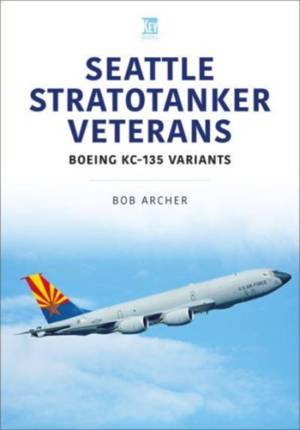
- Afhalen na 1 uur in een winkel met voorraad
- Gratis thuislevering in België vanaf € 30
- Ruim aanbod met 7 miljoen producten
- Afhalen na 1 uur in een winkel met voorraad
- Gratis thuislevering in België vanaf € 30
- Ruim aanbod met 7 miljoen producten
Zoeken
Omschrijving
The first KC-135A was rolled out on July 18, 1956 - nearly 70 years ago - and, amazingly, half of those constructed during the following ten years are still active. Described as a "force multiplier," providing aerial refueling to extend range or enable combat aircraft to remain on station for significantly longer periods, the KC-135 is unmatched. Ordered primarily as a tanker, it subsequently took on roles in strategic reconnaissance, airborne command post, treaty verification, weather monitoring, air sampling, test and evaluation support, VIP, aircrew trainer, airlift, and much more. While many KC-135 aircraft with a unique tasking have been replaced, some have an open-ended life expectancy and should exceed 80 years' service. To date, more than 80 different designations have been allocated, distinguishable through the application of prefix or suffix letters. Illustrated with over 160 images, this book, the first of two, will detail those aircraft with an aerial refueling designation, ground trainers, export and civilian tankers, and those that were used to conduct tests and evaluations.
Specificaties
Betrokkenen
- Auteur(s):
- Uitgeverij:
Inhoud
- Aantal bladzijden:
- 96
- Taal:
- Engels
- Reeks:
Eigenschappen
- Productcode (EAN):
- 9781802825749
- Verschijningsdatum:
- 1/01/2024
- Uitvoering:
- Paperback
- Formaat:
- Trade paperback (VS)
- Afmetingen:
- 170 mm x 244 mm
- Gewicht:
- 282 g

Alleen bij Standaard Boekhandel
+ 44 punten op je klantenkaart van Standaard Boekhandel
Beoordelingen
We publiceren alleen reviews die voldoen aan de voorwaarden voor reviews. Bekijk onze voorwaarden voor reviews.











